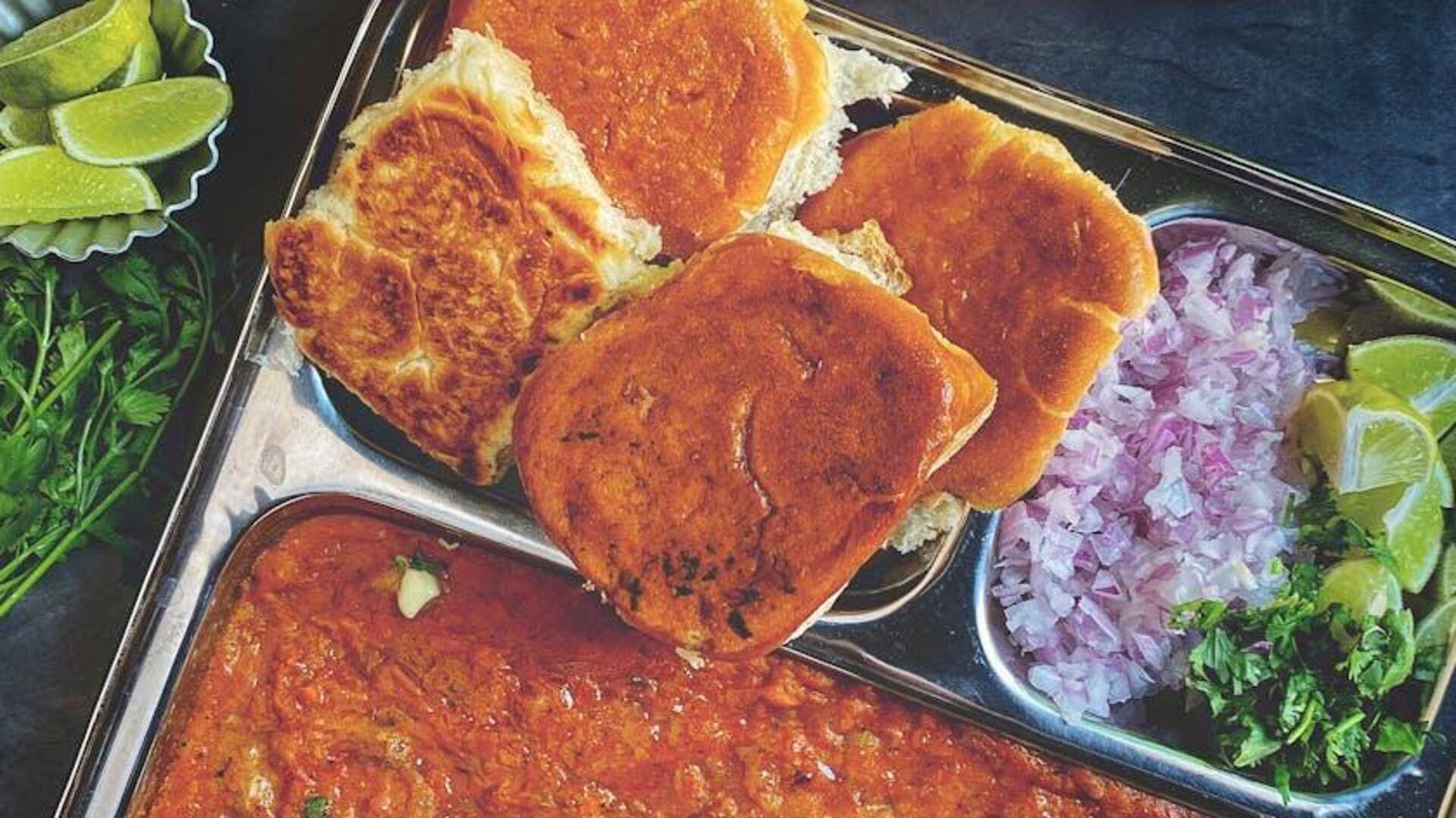
Pav bhaji's evolution: From street food to staple dish
What's the story
Beloved pav bhaji has an interesting history which goes back to the busy streets of Mumbai. First prepared as a quick meal for the textile mill workers in the 19th century, this spicy vegetable mash with buttered bread has become a staple across India. Its evolution from a humble street food to a popular dish in homes/restaurants show its versatility and timelessness.
#1
The birth of pav bhaji
Pav bhaji originated in the mid-1800s when Mumbai was a thriving textile hub. Workers required a quick yet nutritious meal during their short lunch breaks. Vendors devised pav bhaji by mashing available vegetables and spices into a thick curry and serving it with pav (bread). This innovation offered an affordable and filling option for laborers, laying the foundation for its widespread popularity.
#2
Transition to urban favorite
As Mumbai developed into a mega-city, pav bhaji moved from street-side stalls to more sit-down dining places. By the mid-20th century, it found its way to menus of cafes and small eateries all over the city. Its versatility made it possible for chefs to play with flavors while retaining its basic components. This flexibility made it an urban favorite across different demographics.
#3
Nationwide popularity surge
In the last few decades, pav bhaji's popularity has exploded beyond the confines of Mumbai. Now, the dish is savored across India at several outlets, from roadside stalls to high-end restaurants. The simplicity of the dish allows vendors all over the country to easily replicate it, adding a regional twist. This acceptance highlights its contribution as a unifying culinary experience across regions.
Tip 1
Modern variations emerge
Today's culinary scene witnesses many iterations of pav bhaji to suit changing palates and dietary restrictions. Some variations add cheese or paneer for extra creaminess; others provide healthier options with lesser butter or oil, without sacrificing taste. These contemporary variations keep pav bhaji relevant in the face of changing preferences and pay homage to its heritage.